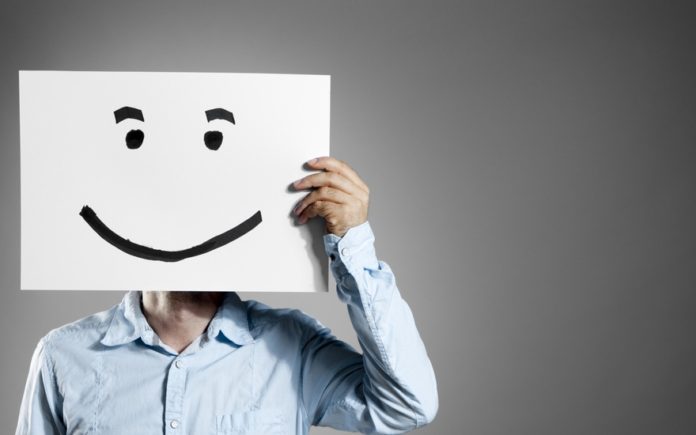People tend to prefer things they’re familiar with whether people, objects, or other stimuli. But why people like to prefer familiar things? It may be because familiar things engender positive feelings and lead us to perceive stimuli more positively.
A new study published in happiness you perceive in subsequent facial expressions from that person.
The study was conducted by the scientists at the University of California, San Diego in the Department of Psychology. They primarily thought that familiarity might guide our fundamental perceptual processes in a bottom-up fashion. It might selectively enhance the positive features of a stimulus. They then test it by designing two experiments that examined how people responded to familiar faces and unfamiliar faces.
In the first experiment, they transform images of male and female faces to create faces that varied in the type and degree of emotion expressed. The results showed that the transformed faces ranged from 50% angry to neutral to 50% happy. Scientists then classified the outcoming images into two sets.
In the study, scientists involved the total of 50 undergraduate student participants for a memory task. Each participant saw a series of images, the neutral expressions from one of the two image sets. Scientists then asked them to track the color and number of squares that appeared randomly on some images. This exposes participants to some of the faces in the full set of morphs without explicitly calling their attention to the faces.
Participants then looked at a series of face pairs in a perceptual task. Scientists here asked them to indicate whether the happier face was above or below the line shown on screen. The results showed that the participants were more likely to identify the familiar face as the happier one in the pair. Participants were more likely to identify the familiar faces as happier when the faces were 50% happy than when they were 25% happy.
During the 2nd experiment, scientists asked 40 participants to look at a series of faces and decide whether each face was either “happy or angry.” The results showed that the participants were more likely to identify familiar faces as happy compared with unfamiliar ones, but only when the faces were emotionally neutral or positive.
Both experiments showed that familiarity specifically shapes how we perceive the positive aspects of a stimulus. Meanwhile, familiarity makes faces on the happy side of neutral appear more smiley.
Evan Carr of Columbia Business School. “Our findings suggest that familiarity just having ‘expertise’ with someone else’s face through repeated exposure not only influences traditional ratings of liking, attractiveness, etc. but also impacts ‘deeper’ perceptions of the actual emotion you can extract from that person.”
“Emotion perception isn’t only the ‘formulaic’ combination of facial features, it also dynamically incorporates cues specific to the individual you’re trying to decode. Even the judgment of ‘how happy someone looks’ is inherently subjective to some extent, depending on your previous experience with the person along with the type of expression you’re judging.”
